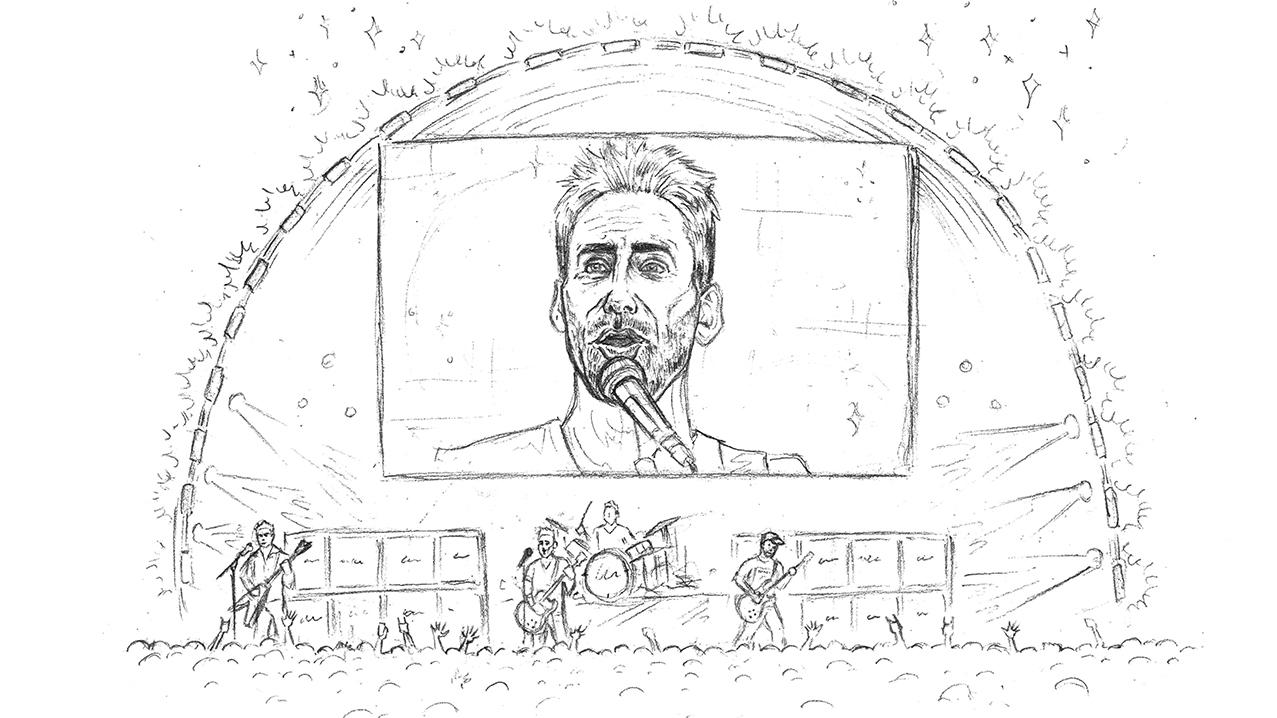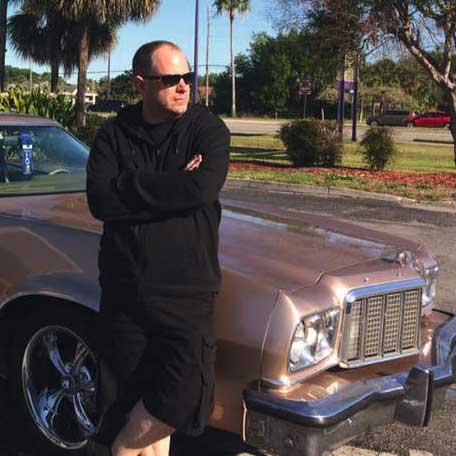The idea of sending an artist instead of a photographer to a Nickelback gig may have caused much hilarity in the TeamRock office (we’re easily entertained), but there is a serious point to be made. Restrictions are being placed on what you can see, what we can show you and the moral and intellectual property rights of photographers. It’s no good for anyone and it’s getting worse.
In recent years, when gigs are reviewed for either a magazine or website, photographers have become limited to taking photos (usually without flash) for just the first three songs. The reasoning is so bands aren’t distracted from focusing on providing a great gig. Fair enough, you might think: why should your enjoyment of a show – for which you’ve paid hard-earned cash to attend – be ruined by snappers lousing up the whole gaff and getting in the way of your view?
The problem is that the gig is just getting started. The band are settling in. Highlights rarely occur at the start of a show and none of the legendary live shots of your favourite bands were captured during the first 15 minutes of a gig. The classic pic of Paul Simonon smashing up his bass by Pennie Smith that become the sleeve for The Clash’s London Calling. Enduring iconic live shots of The Who’s Pete Townshend and AC/DC by Robert Ellis. That jaw-dropping image of Metallica by our favourite humanitarian, Ross Halfin. Not to mention the work of the legendary Baron Wolman.
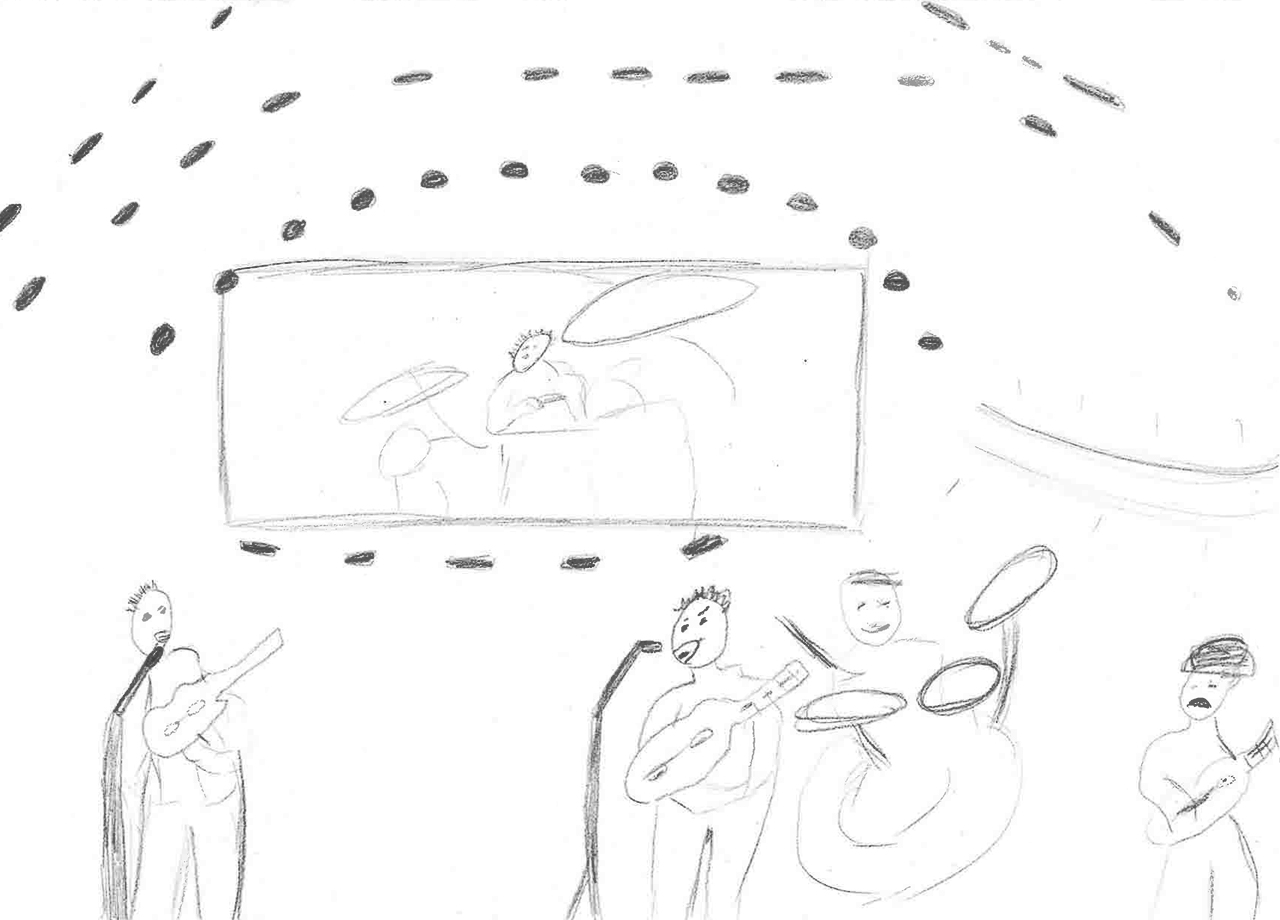
We could go on, but rock photographers are a modest bunch and abhor such flattery.
Suffice to say, back in the day, there were considerably fewer music media outlets – meaning fewer photographers in the pit for each show. Nowadays it’s a scrum. Photographers jostle for space and when photographers are fighting for elbow room with both each other and security, things can turn nasty, believe me. So it’s no surprise bands decided to draw a line in the sand. But occasionally bands will let trusted photographers – like our own Kevin Nixon – hang around for longer. That’s how Kev was able to get some fantastic live shots of Airbourne on tour back in the summer.
Along with quality writing, we think we owe you the highest quality of photography possible. You’re paying for it, so we always fight for what’s best. Bands like Iron Maiden know this too which is why they take another of our valued photographers, John McMurtrie, out with them for their entire world tour as official lensman. The band and management trust him. They know he’ll deliver the goods and John knows he’ll be fairly treated and reimbursed for his work.
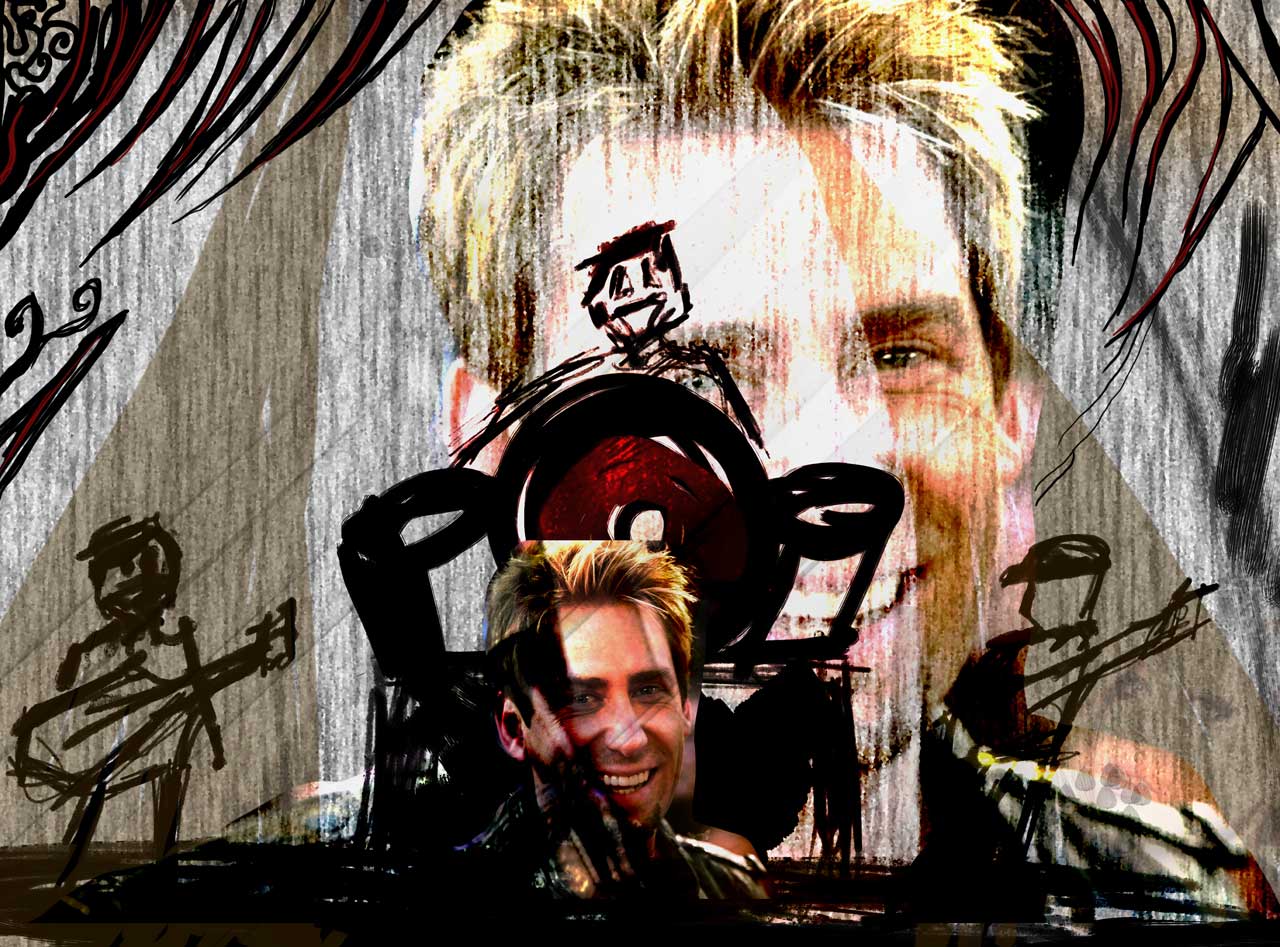
But despite the three-song rule, what’s started recently in live photography is more insidious. The apparatchiks that surround bands – generally those connected to management – have started asking our photographers to sign consent contracts ahead of taking photographs of each gig. These vary in scope. Some request complete ownership of the photos, some request that the photos only be published once, some might request that the pics are published at a specific size. Some bands even demand approval of each shot to be published – most famously, stars like Beyonce have been accused of enforcing this. Photographers might even be asked to shoot at the mixing desk halfway up the venue instead of in the pit.
Some of the contracts do have serious practicalities: to ensure the pics don’t end up in the hands of bootleggers so that unofficial merch is produced. To ensure that less responsible amateur media outlets don’t misappropriate pics that they don’t own. The precise details that Nickelback’s management requested in their live photography contract isn’t important here (although let us make it clear that they didn’t request copyright ownership of live photography like others have done) but all of the contracts have similar traits. And increasingly that includes requests from band management to control or own the artistic property belonging to photographers.
We take photographers’ ownership of their images very seriously at TeamRock. Our rights department constantly issue online takedown notices for those infringing copyright by pirating our images and text on a daily basis. We take copyright of Intellectual Property seriously both for assets we own and for what we are licensed to use. This is why band members trust us to let us use their personal photos. This is why bands let us use their music on our covermount CDs.
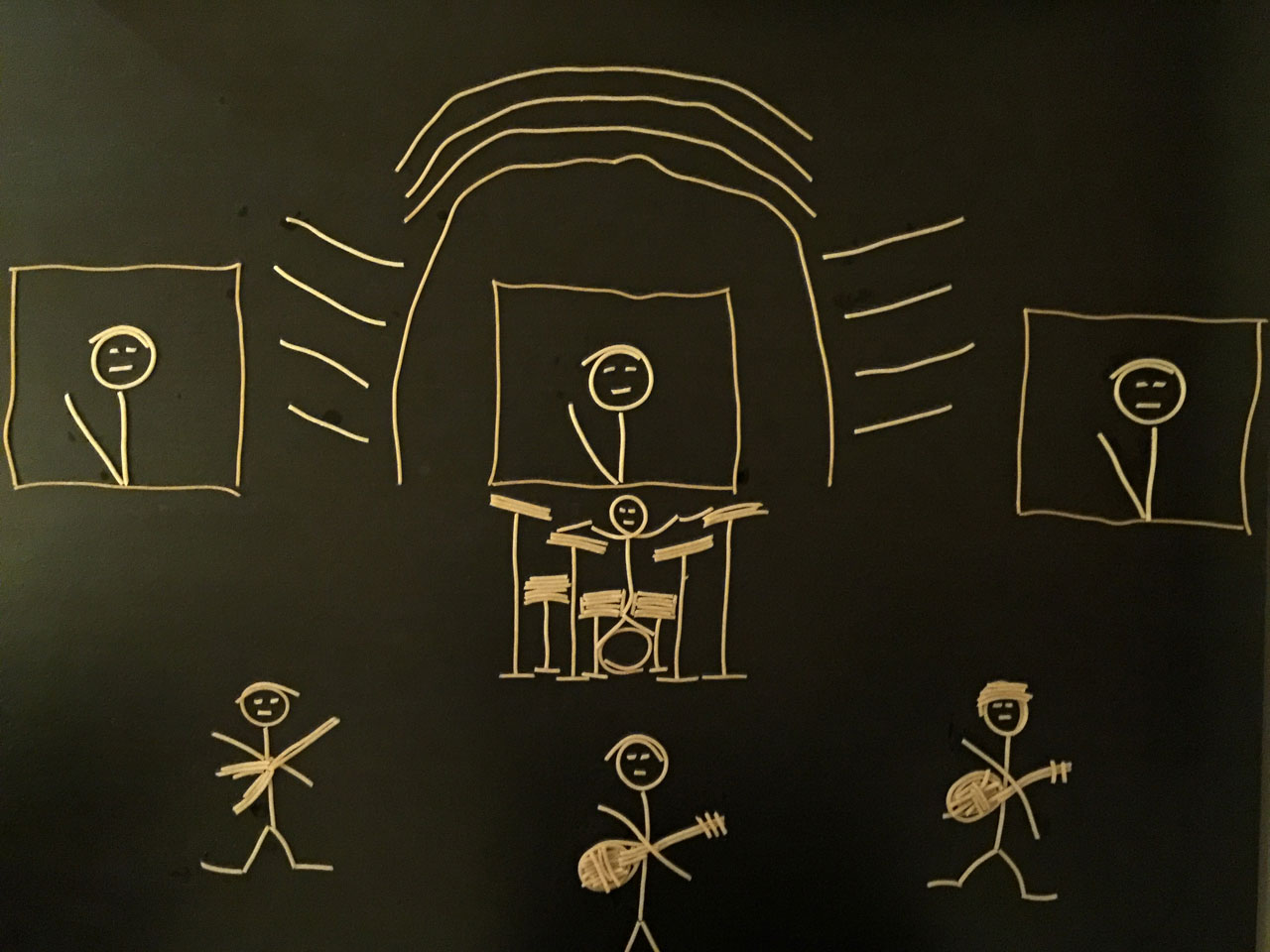
As far as we’re concerned, such contracts are the thin end of the wedge in terms of compromising copyright ownership. Pictures are a photographer’s livelihood. Owning the picture is their moral right as an artist – they took it. They have the skills to frame and light and compose a photo that most of us with our crappy smartphone snaps ruining everyone’s view of a gig can only dream about. A band insisting on owning what belongs to the photographer is really no different to an actor demanding that he should own the movie in which he appears. The band benefit from publicity in the media via the photos to sell tour tickets and/or albums. As we all know, this is no longer the guaranteed income source it used to be.
Whether you think falling record sales are because of online pirating; fans being ripped off for too much for too long over format shifting and increasing prices; or simply less good music about nowadays, the end result is still the same. But why should photographers be penalised by giving up ownership of their work? Is it any different to a band telling us what we should write? Or demand that they should have ownership of the interviews too?
Live photography is reportage, pure and simple. The band are performing in a public place, photographers are licensed to take photos of them. A large part of photographers’ income is based on their photo libraries. Over time they build up collections which become part of their income when magazines like Classic Rock ask to publish historic shots. That’s how photographers can survive when they work less and eventually retire. Removing the ownership of their photography or limiting and controlling the use of their own photos is taking away their entitled income.
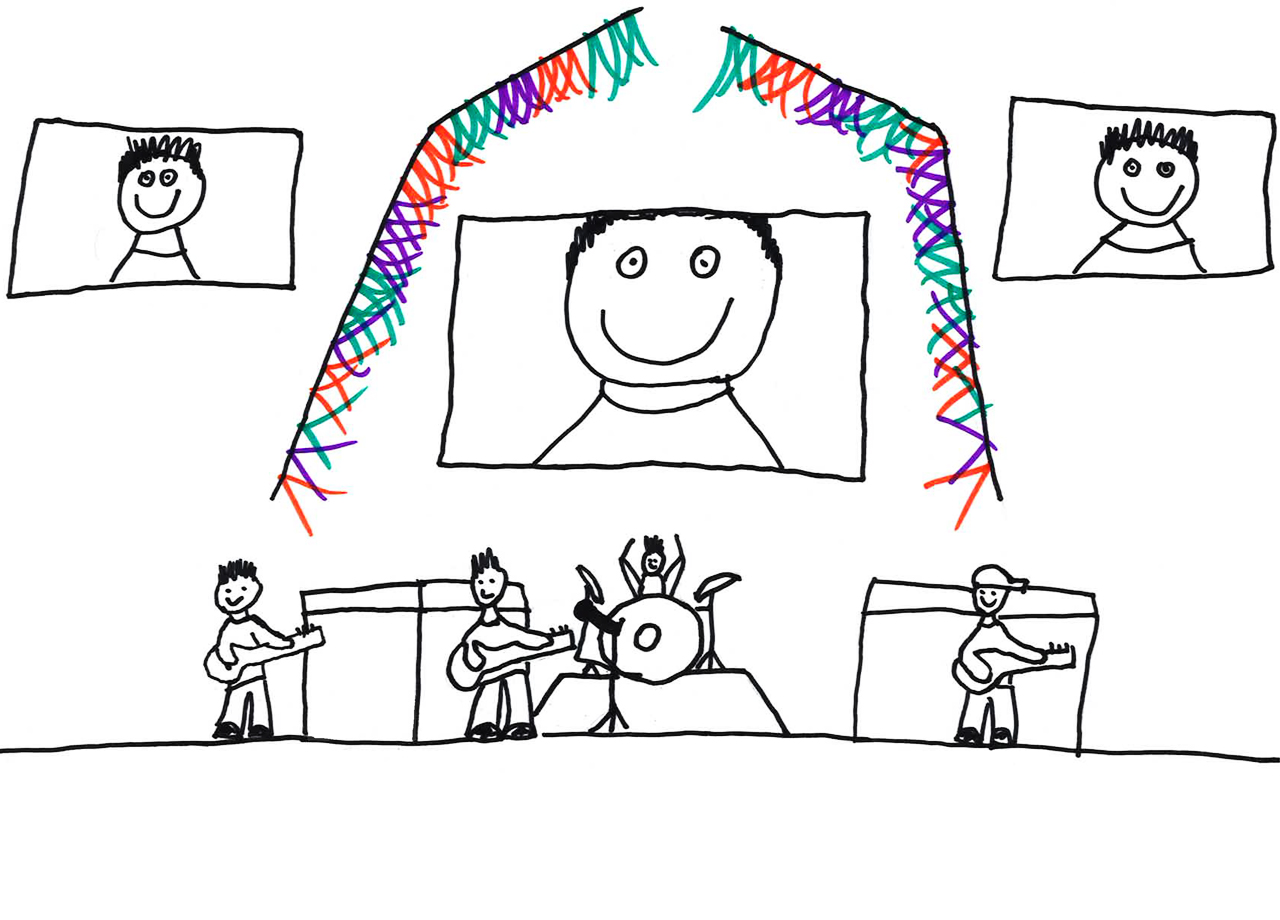
And it doesn’t end with just live shots. Bands know they can crowdsource photos from fans for free to keep their overheads down. Last year, a band who should really know better [Well, Garbage – Ed.] asked a photographer if they could use a photo he owned in a forthcoming book – without paying him for use of his pic. It smacks of sheer hypocrisy in an industry desperate to mitigate against song piracy. Would the same band be OK if the photographer decided to release a CD and use their music for free?
Make no mistake: TeamRock is firmly against pirating and we believe musicians and artists should be paid for their work. As true music fans, we know you think that too. If you download pirated music you’re ultimately cheating no one but yourself – as well as disrespecting the musicians you supposedly rate. By the same token, we believe that photographers have a right to be paid for the work they own. That’s why TeamRock isn’t prepared to put our photographers in a position where they’re forced to compromise the use and ownership of their pictures.
- Ringo Starr: the best photographer in The Beatles
- Exhibition to honour legendary Rock photographer's life and work
- Beatles face lawsuit over Shea Stadium footage copyright
- Elliott Landy: The Band Photographs 1968-1969
We recognise the moral and artistic right of both photographers and band to own their work. We believe both photographers and artists deserve to be paid for the work they own. That’s why we spend a frankly eye-watering amount on royalty fees for the tracks on the covermount CDs we give away with Classic Rock, Metal Hammer and Prog magazines every month. We also believe photographers should be paid for the work they own and that they should continue to own. That’s why we won’t sign these contracts. We might still review the gig if it’s a show or band we think is important to you, our readers – but we won’t publish a pic alongside the review.
We lose out because less people are less likely to buy a magazine or click on a website that doesn’t feature cool pics. The band lose out because they’re getting less exposure and publicity. You lose out because you’re getting an inferior magazine or website. The photographer loses out on earnings and their pics getting seen. There are no winners.
